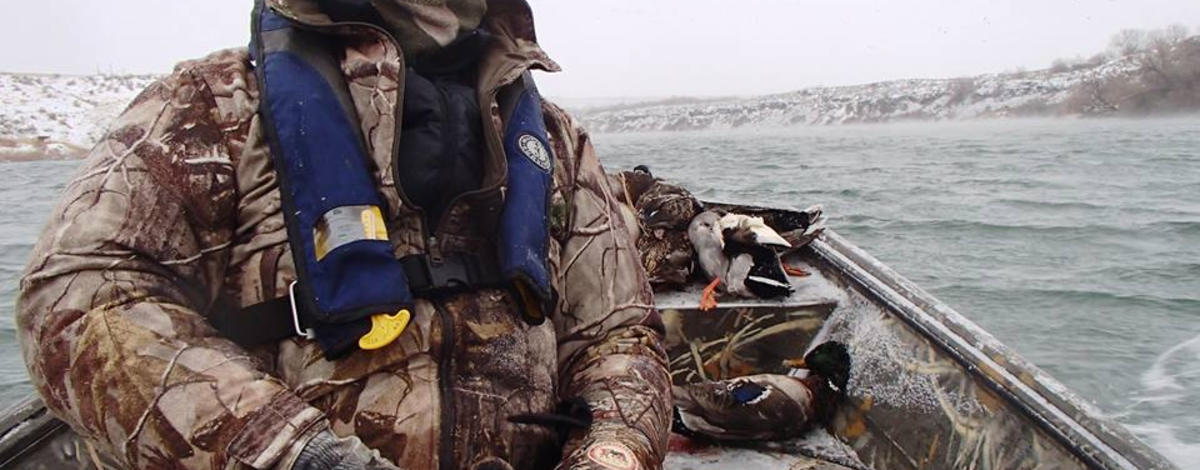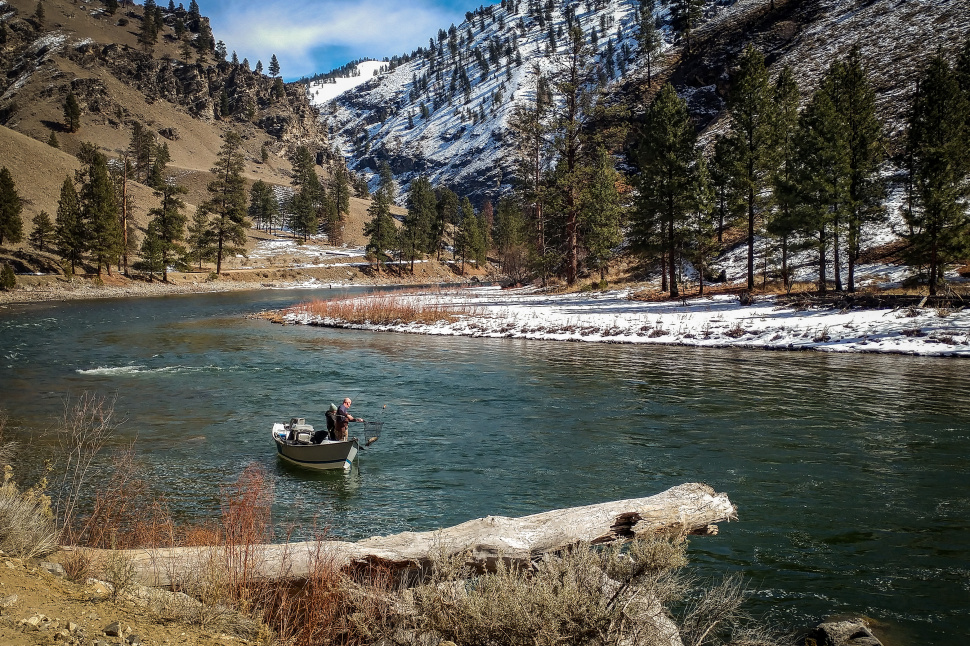Temperatures (and snow) are starting to fall across much of the state. With the onset of cold air and water temperatures, anglers and waterfowl hunters are encouraged to take precautions and practice boating safety this winter.
Nearly every year, there is a boating accident in Idaho involving duck hunters or winter anglers. With water temperatures just above freezing, these accidents can tragically result in a fatality. In the past 10 years nearly 67% of the fatal boating accidents in Idaho were the result of victims falling into the water from small boats.



